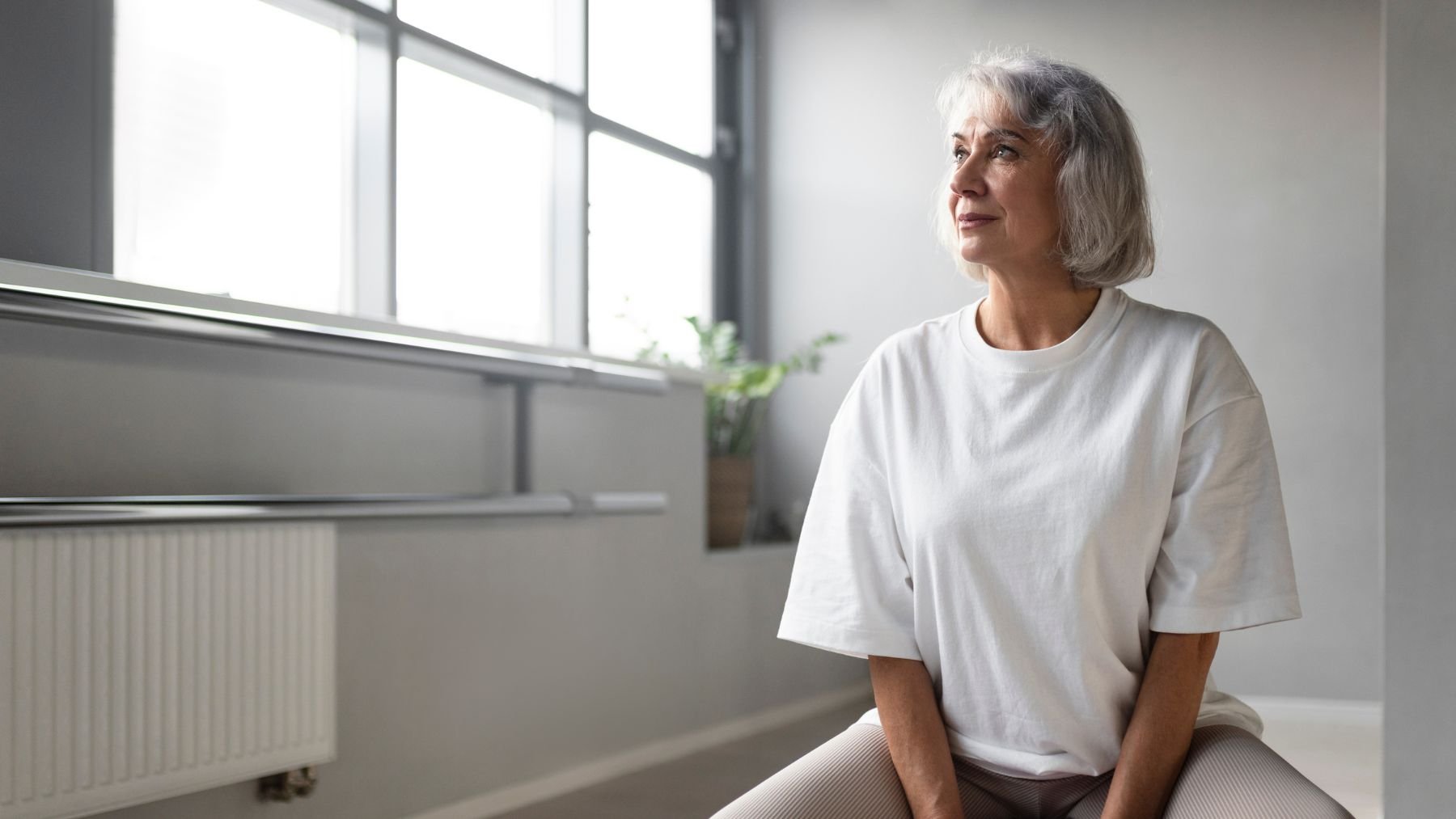Relaxation techniques are becoming a key tool for seniors looking to improve heart health and sleep quality. According to Mayo Clinic, these methods go beyond just feeling calm—they actively reduce stress responses in the body and support overall well-being. And the best part: most of them are simple, low-cost, and easy to do at home.
While stress often feels unavoidable, learning how to manage it can make a significant difference in daily life. Practicing relaxation regularly can ease physical tension, calm the mind, and even support long-term health. Seniors, in particular, may benefit from these techniques as part of a broader routine to lower stress and improve quality of life.
How relaxation techniques support heart health and sleep
Mayo Clinic points out that relaxation methods can bring multiple health benefits, especially for older adults dealing with daily pressures or chronic conditions. When practiced consistently, these techniques can slow heart rate, lower blood pressure, and regulate breathing—key factors in promoting cardiovascular health.
They can also help the body switch from a stress response to a calmer state. This includes improving digestion, controlling blood sugar levels, increasing blood flow to major muscles, and reducing the activity of stress hormones. Over time, this leads to better mood, less muscle tension, and improved focus.
Sleep is another major benefit. Relaxation techniques can enhance sleep quality by calming both mind and body before bedtime. They help lower fatigue, ease frustration, and reduce racing thoughts, allowing seniors to fall asleep more easily and stay asleep longer. These changes don’t happen overnight but grow stronger with regular practice.
To maximize their effects, Mayo Clinic recommends combining relaxation techniques with healthy lifestyle habits like regular exercise, positive thinking, time management, balanced meals, and maintaining supportive relationships.
Different relaxation techniques to try
Mayo Clinic outlines several types of relaxation techniques that can be done alone or with guidance from health professionals. Most focus on two key elements: directing attention to something calming and becoming more aware of the body’s sensations.
1. Autogenic relaxation
This method involves using mental imagery and body awareness to reduce stress. For example, you might picture a peaceful setting while repeating calming phrases in your mind, such as “my heart rate is slowing.” You can also focus on relaxing each part of your body, one area at a time.
2. Progressive muscle relaxation
In this technique, you slowly tense and then relax each muscle group, usually starting from the toes and moving upward, or vice versa. By noticing the difference between tension and relaxation, you become more aware of your body’s signals. Tensing for about five seconds and then relaxing for 30 seconds is a common pattern, done in a quiet, interruption-free space.
3. Visualization
Visualization uses mental images to take your mind to a peaceful place. For example, imagining the beach might involve focusing on the sound of waves, the smell of salt water, and the warmth of the sun. Closing your eyes, loosening tight clothing, and paying attention to your breathing helps deepen the experience.
4. Other common methods include:
- Deep breathing.
- Massage.
- Meditation.
- Tai chi.
- Yoga.
- Biofeedback.
- Music and art therapy.
- Aromatherapy.
- Hydrotherapy.
All of these can be adapted to different abilities and preferences, making them accessible to seniors with varying levels of mobility or health conditions.

